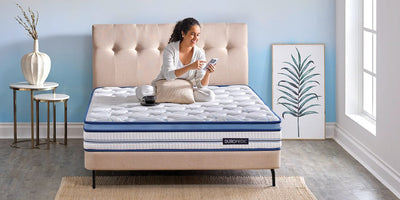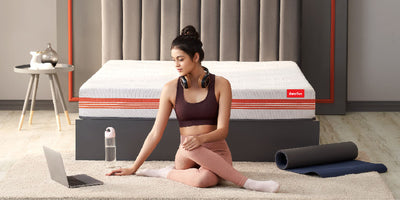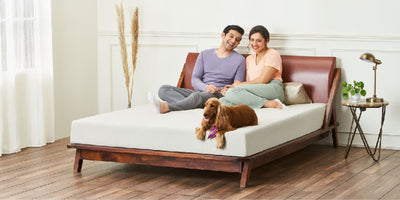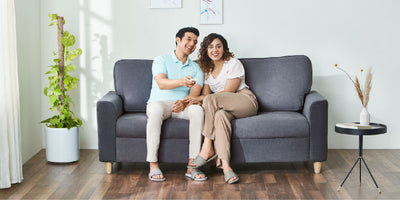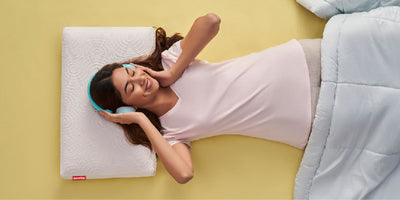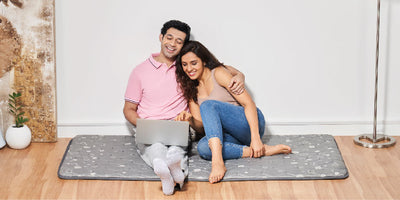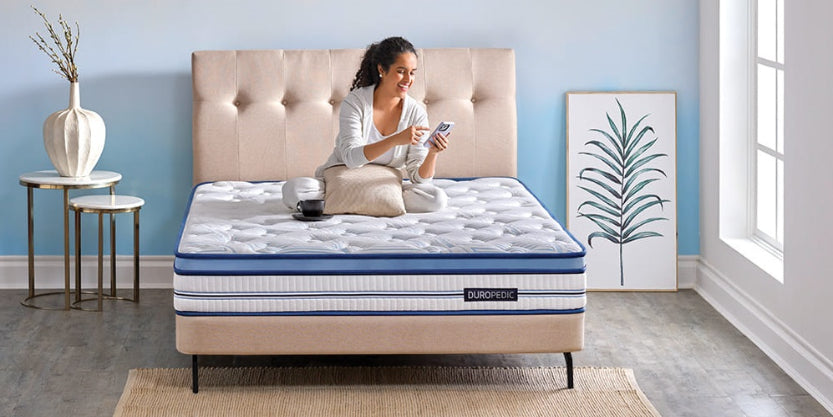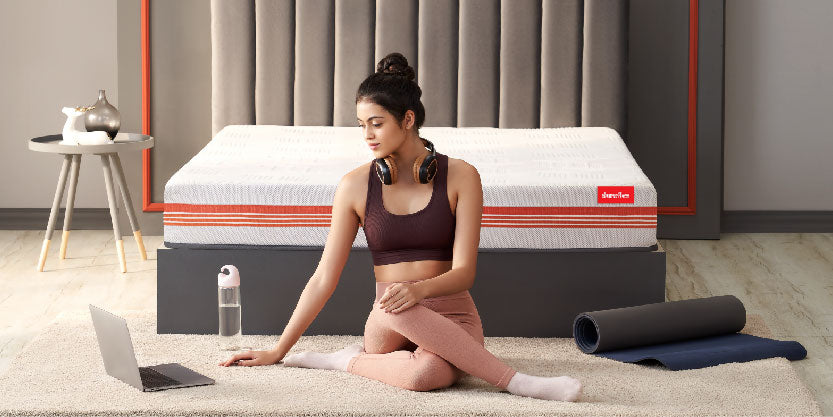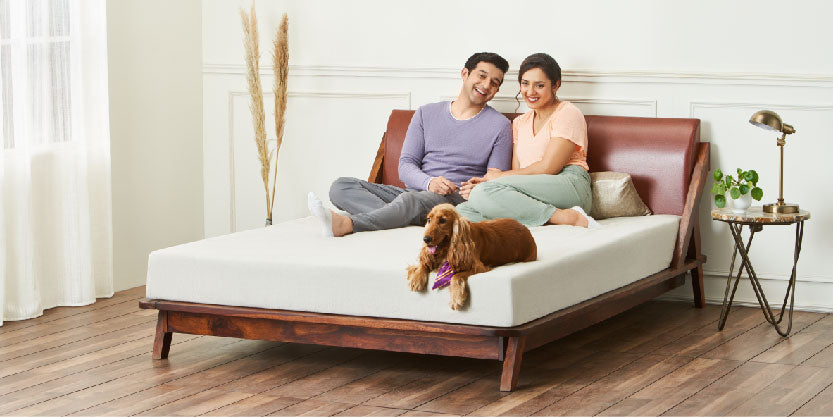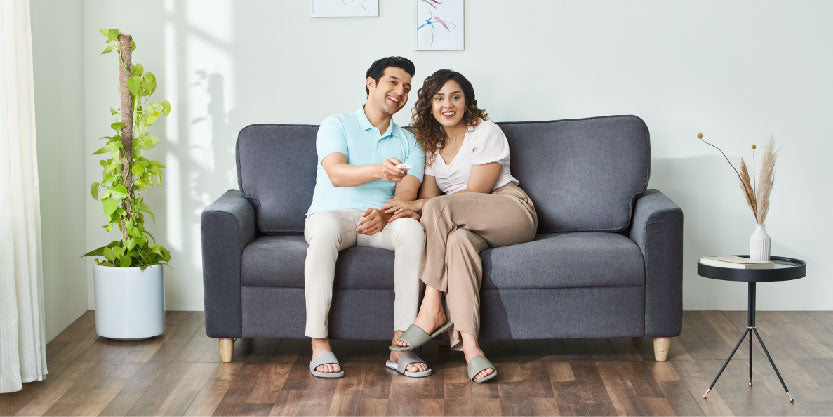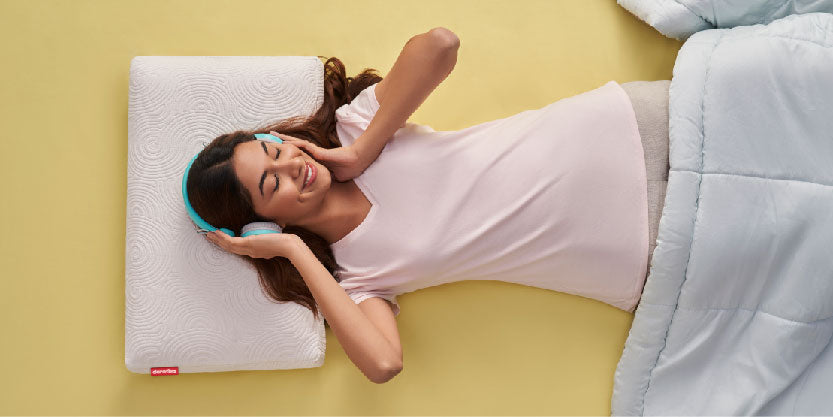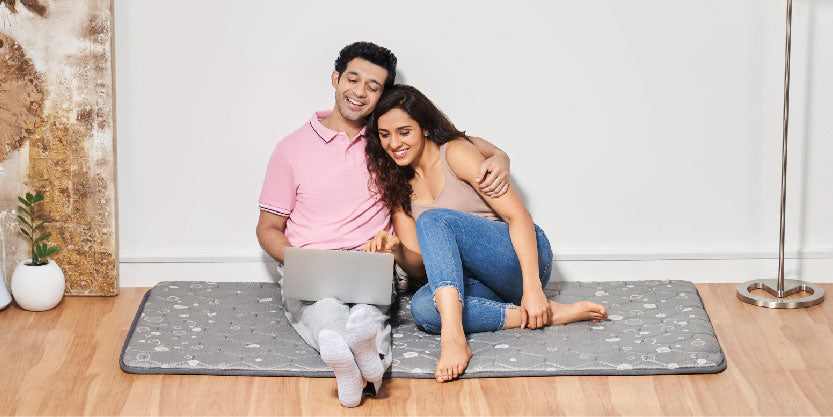We often think of recliners as the ultimate companions for reading, watching TV, or just unwinding after a long day. But could they also be the key to better sleep? In today’s fast-paced world, where stress, discomfort, and sleep disorders are on the rise, unconventional sleep solutions are gaining attention. With the growing interest in alternative sleep methods, more people are considering whether the comfort and adjustability of a recliner could be better suited to their needs than a traditional bed. Among these emerging solutions, the sleeping recliner has positioned itself as a surprisingly beneficial alternative to conventional mattresses—especially for individuals dealing with medical conditions or chronic discomfort.
The idea isn’t entirely new. In fact, hospitals and recovery centers have long used recliner-style chairs to aid healing, provide comfort, and promote better breathing and circulation. Now, that same concept is entering our homes, offering sleep-deprived individuals a new way to get the rest they deserve. Whether you're experiencing difficulty falling asleep, suffering from lower back pain, or simply looking for a more supportive position to unwind, a recliner might be worth a closer look.
In this comprehensive guide, we’ll explore whether a recliner can truly improve your sleep, and we’ll examine how its structure, adjustability, and ergonomic design can impact sleep quality, back pain, and overall health. We’ll also help you evaluate the best recliner for sleeping, how it compares to a bed, and whether it’s a safe and sustainable choice for nightly rest. From lifestyle benefits to medical advantages, let’s uncover the real potential of sleeping in a recliner.
The Rise of the Sleeping Recliner
The idea of using a sleeping recliner may seem unconventional, but it's quickly gaining traction among those dealing with chronic pain, acid reflux, sleep apnea, and general sleep discomfort. More people are turning to alternative sleep setups in search of improved rest, and for many, recliners have delivered unexpected results. Unlike beds, recliners allow you to sleep in a slightly upright position, which can relieve pressure on the spine, ease muscle tension, and reduce symptoms of several health issues—especially those that are aggravated by lying flat.
A sleeping recliner is designed to cradle your body in a zero-gravity or semi-upright position, which mimics the natural curvature of your spine. This position can significantly alleviate the stress placed on the lower back, open up airways to aid breathing, and enhance circulation by elevating the legs above heart level. These physical changes not only help reduce pain and discomfort but also promote a deeper, more restful sleep.
These benefits have led to growing interest in recliners not just for lounging but as practical alternatives for rest and recovery—especially in households with elderly individuals, people recovering from surgery, or those managing chronic conditions. The sleeping recliner offers a unique blend of support, adaptability, and comfort that traditional beds may not always provide, making it a compelling choice for anyone seeking a better night’s sleep through improved posture and tailored support.
Recliner vs Bed for Sleep: Which One is Better?
The recliner vs bed for sleep debate isn’t about which is universally better, but rather which is better for your body, your lifestyle, and your sleep needs. The right choice varies depending on individual preferences, health conditions, and how one defines restful sleep. For some, the wide and flat surface of a bed offers the freedom to stretch and roll into any position, while others may find that it lacks the targeted support needed for uninterrupted rest.
Beds are traditionally considered the gold standard for sleep, offering ample space for stretching out and movement. However, for individuals with specific medical conditions, a flat sleeping position may exacerbate discomfort. Those with acid reflux, sleep apnea, or spinal conditions often find it difficult to sleep comfortably in a bed, especially when lying flat worsens symptoms or breathing becomes labored. This is where recliners excel, as they offer an elevated head and chest position that alleviates pressure on the diaphragm and spine.
When comparing a recliner vs bed for sleep, recliners offer customized angle adjustments, targeted support for the lumbar region, and reduced gravitational pressure on the joints. These features can be especially helpful for those with acid reflux, respiratory issues, or chronic back pain. They also promote improved circulation and better oxygen flow throughout the body—an essential component of deep sleep and muscle recovery.
That said, the decision also depends on how well the recliner supports your entire body during prolonged rest. High-quality recliners with ergonomic designs are essential to ensure that you’re not trading one set of issues for another. Without proper head, neck, and lower back support, the benefits of recliner sleep can quickly diminish. Therefore, if you’re considering switching from a bed to a recliner for sleep, it’s crucial to invest in a model that offers full-body support, seamless adjustability, and durable construction. Ultimately, comfort is subjective—and for many, recliners offer a solution that feels tailor-made for their body’s needs.
Is It Safe to Sleep in a Recliner?
A commonly asked question is: Is it safe to sleep in a recliner? The answer, for most people, is yes—with some caveats. Recliners can provide a more comfortable sleep environment for individuals who suffer from certain health issues or those recovering from surgery, and they often offer more tailored support than a flat bed. That said, the effectiveness and safety of sleeping in a recliner largely depend on its design and how well it supports the body over extended periods.
Sleeping in a recliner is generally safe and may even be beneficial, especially for people with mobility limitations, digestive issues, or breathing difficulties. Those with sleep apnea, acid reflux, or chronic snoring often find relief in a slightly elevated sleeping position. Pregnant women may also benefit from the angled posture of a recliner, as it can reduce pressure on the lower back and improve circulation. However, it’s essential that the recliner allows you to sleep in a posture that supports spinal alignment and muscle relaxation.
If you’re asking, is it safe to sleep in a recliner?, it’s important to look at models that offer full-body support and multiple reclining angles. The recliner should offer consistent back support, a headrest that doesn’t strain the neck, and adequate cushioning to prevent stiffness or circulation problems. Features like memory foam padding, motorized reclining adjustments, and lumbar support play a crucial role in ensuring both safety and comfort. Poorly designed models can lead to posture imbalances, discomfort, or back strain over time, especially if used as a primary sleeping arrangement. That’s why investing in a high-quality recliner designed for extended use is critical if you plan to make it part of your nightly routine.
Why Adjustable Recliners for Comfort Matter
One of the defining features of a great sleeping recliner is adjustability. Adjustable recliners for comfort let you fine-tune your sitting or lying position to accommodate your body’s natural curves and your personal preferences. Whether you need your head slightly elevated or want to recline into a near-horizontal position, the ability to customize your angle can make all the difference in your sleep quality and physical comfort.
This is especially beneficial if you suffer from conditions like GERD, arthritis, or sleep apnea, where sleeping flat may worsen symptoms. For those dealing with chronic back pain, an elevated leg position paired with a gently reclined torso can ease tension along the spine and reduce inflammation. With adjustable recliners for comfort, you can elevate your legs, support your lower back, and recline your torso—reducing pressure on joints and improving circulation. These features work together to relax your muscles and promote better breathing, which are crucial factors in achieving uninterrupted, restorative sleep.
In modern recliner designs, features like powered recline functions, customizable lumbar support, and extendable footrests add convenience to health-focused comfort. You can easily shift positions throughout the night to reduce stiffness and prevent soreness, something that’s harder to achieve on a traditional mattress. This makes adjustable recliners for comfort not just a luxury, but a tool for wellness and restorative sleep. The ability to personalize your comfort at the touch of a button transforms your recliner into a therapeutic space—supporting both relaxation and recovery.
What to Look for in the Best Recliner for Sleeping
If you're planning to invest in the best recliner for sleeping, there are several features you should consider to ensure it delivers both comfort and support throughout the night:
-
Full-body support: Look for high backrests and wide seat cushions to accommodate all sleeping postures.
-
Adjustable settings: Choose motorized or manual options that allow for smooth transition between sitting, reclining, and sleep positions.
-
Lumbar and neck support: Reinforced areas that support the spine and neck reduce strain and promote better alignment.
-
Breathable upholstery: Fabric should allow for air circulation and temperature control, which helps improve sleep quality.
-
Durability and stability: The frame should be robust enough to withstand nightly use and offer a smooth, stable recline.
The best recliner for sleeping blends these features with ergonomic precision and modern aesthetics—adding value to your living space while prioritizing your well-being.
Types of Recliners and Which Ones Are Ideal for Sleep
There’s no one-size-fits-all recliner, and your ideal sleep setup depends on your space, health requirements, and comfort preferences. Each type of recliner serves a different purpose and lifestyle, so understanding the distinctions can help you make an informed choice that supports your nightly routine and overall wellness. Some popular categories include:
-
Single-Seater Recliners: Perfect for compact homes or solo sleepers. These recliners are ideal for individuals who prioritize personal space, relaxation, and simplicity. They fit effortlessly into smaller living rooms or bedrooms and can double as a reading chair during the day. Check out Duroflex’s single-seater recliner collection for options that prioritize support in smaller spaces.
-
Two-Seater Recliner Sofas: Great for shared use and couples. These offer the same ergonomic support as single-seaters but with added width and dual functionality, allowing two individuals to recline independently. The two-seater recliner sofas offer double the comfort and are ideal for movie nights that roll into naps. They're also excellent for households with limited space that still want to offer comfortable seating for multiple people.
-
Motorized Recliners: These premium models offer powered recline, zero-gravity positioning, and adjustable controls that allow effortless fine-tuning of angles and height. For those with mobility challenges or chronic discomfort, motorized recliners provide ease of use with maximum comfort. Explore the motorized recliner collection to enjoy effortless transitions from sit to sleep, along with features designed to enhance circulation and spinal alignment.
-
Avalon Collection: Designed with wellness and aesthetics in mind, the Avalon recliner collection features elegant upholstery, full-body support, and ergonomic structure for the most restful experience. These recliners blend luxury and functionality, making them a standout choice for those who want their recliner to make a
When a Sleeping Recliner Makes the Most Sense
There are specific conditions and situations where a sleeping recliner may be the better choice over a traditional bed. These include:
-
Post-surgery recovery, when getting in and out of bed is difficult due to pain or mobility limitations. Recliners allow gradual movement and support transitions with minimal strain on healing muscles or joints.
-
Respiratory or digestive issues that benefit from upright sleeping positions. Conditions like GERD, sleep apnea, or chronic snoring are often alleviated by elevating the upper body, which recliners are designed to do.
-
Chronic back pain or arthritis that responds better to reclined support. Unlike beds, recliners can be adjusted to relieve pressure from specific points, providing a personalized alignment that soothes inflammation.
-
Caregiver scenarios where repositioning in bed is challenging. Recliners offer easier access and less manual repositioning, reducing stress on both caregivers and patients during nighttime routines.
For people who struggle with mobility or sleep disturbances, a recliner offers autonomy and ease, especially when combined with automated features. These features enable users to find their most comfortable position at the push of a button, promoting greater independence and consistent rest. As more people look for sleep setups that are tailored to individual needs, the sleeping recliner continues to prove itself as a valuable and versatile solution in a wide range of real-world scenarios.
Final Thoughts: Can a Recliner Improve Your Sleep?
So, can a recliner improve your sleep? For many, the answer is yes. Recliners offer a level of adjustability, support, and ergonomic alignment that standard beds can’t always match—especially for those with specific medical conditions or comfort needs.
Whether you're looking for a backup sleeping option or a primary sleep solution, choosing the right recliner can make a world of difference. From reducing pain and pressure points to improving posture and breathing, the right recliner is a step toward more restful, restorative sleep.
By investing in adjustable recliners for comfort, you’re not just adding a stylish piece of furniture to your home—you’re prioritizing your health, recovery, and daily well-being. And with collections like Avalon and Duroflex’s motorized range, finding your perfect match has never been easier.
Ready to discover a new way to sleep? Explore the full range of wellness-forward recliners from Duroflex and give your nights the comfort they deserve.
